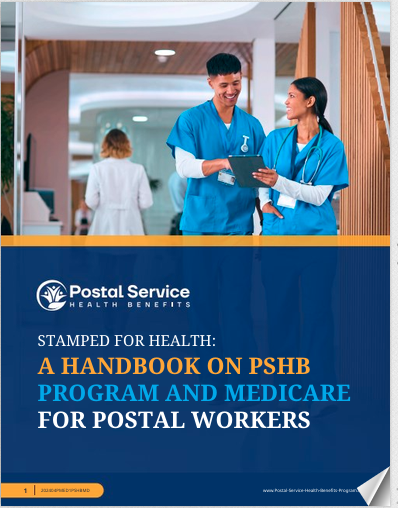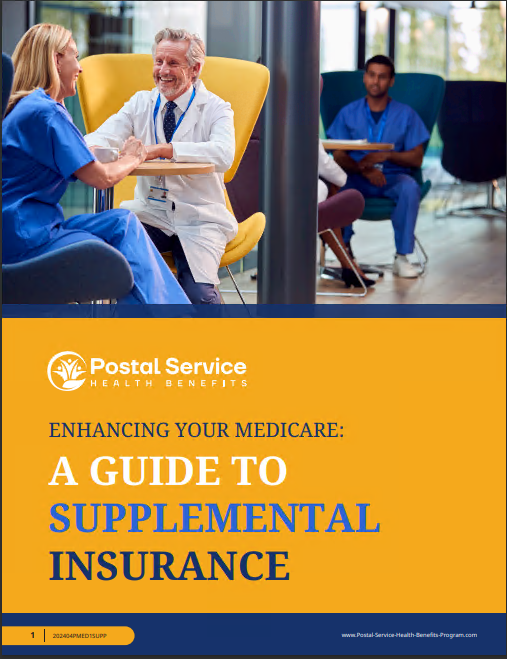Key Takeaways
- Understanding the PSHB reforms and their implications is crucial for USPS employees and retirees.
- The integration of PSHB with Medicare Part B will affect coverage options and enrollment requirements.
How PSHB Reforms Will Affect Postal Employees and Retirees
The Postal Service Health Benefits (PSHB) Program is undergoing significant reforms due to the Postal Service Reform Act of 2022. These changes will impact how USPS employees, retirees, and their families access health benefits. This article provides a comprehensive overview of the key changes, their effects on current employees and retirees, the integration with Medicare, the enrollment process, and available resources for support.
Key Changes Introduced by the PSHB Reforms
The Postal Service Reform Act of 2022 mandates the creation of the PSHB Program, which will replace the Federal Employees Health Benefits (FEHB) Program for USPS employees and retirees starting January 1, 2025. Key changes include:
- Medicare Integration: Retirees eligible for Medicare will be required to enroll in Medicare Part B. This integration aims to leverage Medicare’s primary coverage, reducing overall costs for the PSHB plans.
- New Plan Options: The PSHB Program will offer a variety of health plans tailored specifically for postal employees and retirees, providing more choices to meet diverse healthcare needs.
- Automatic Transition: Current FEHB enrollees must transition to PSHB plans. This transition includes automatic enrollment in PSHB for eligible individuals unless they opt-out.
These changes are designed to ensure high-quality healthcare for postal employees and retirees while maintaining cost efficiency for the Postal Service.
Impact on Health Coverage for Current Postal Employees
For current postal employees, the PSHB reforms will bring several changes:
- New Health Plan Choices: During Open Season, employees will have new PSHB plan options to choose from, tailored to better meet their specific needs.
- Enhanced Benefits: The new PSHB plans are expected to offer enhanced benefits, including improved coordination with Medicare for those nearing retirement.
- Continued Coverage: Employees will maintain their health coverage through the transition, with automatic enrollment ensuring no lapse in benefits.
It’s crucial for employees to review their options carefully during Open Season to select the best plan for their needs.
Medicare Integration: What Retirees Need to Know
A significant aspect of the PSHB reforms is the mandatory enrollment in Medicare Part B for Medicare-eligible retirees. This requirement will have several implications:
- Primary Coverage by Medicare: Medicare will become the primary payer for covered services, with PSHB plans providing secondary coverage. This coordination aims to reduce out-of-pocket costs for retirees.
- Enrollment Requirements: Retirees must enroll in Medicare Part B to maintain their PSHB coverage. Those who do not enroll may face penalties and a lapse in coverage.
- Special Enrollment Periods (SEPs): Retirees who miss the initial enrollment period may qualify for SEPs to avoid penalties and ensure continuous coverage.
Understanding these requirements is essential for retirees to maintain their health benefits under the new system.
Navigating the Transition from FEHB to PSHB
Transitioning from FEHB to PSHB involves several key steps:
- Review Plan Options: During Open Season, review the available PSHB plans to select the one that best fits your healthcare needs. Comparing different plan options is crucial to find the best combination of coverage and cost.
- Enroll in Medicare Part B: If you are Medicare-eligible, ensure you enroll in Part B to avoid penalties and maintain continuous coverage. The enrollment process for Medicare Part B can be completed online, by mail, or in person at a local Social Security office.
- Submit Required Documentation: Gather and submit necessary documents, such as proof of prior coverage and Medicare enrollment. These documents are essential for verifying your eligibility and ensuring that your enrollment is processed correctly.
- Confirm Enrollment: Verify that your enrollment is processed correctly by checking with the PSHB Program and Medicare. It’s important to follow up to ensure that there are no issues with your coverage.
Preparing in advance and understanding these steps can help ensure a smooth transition to the new PSHB coverage.
Resources and Support for Postal Workers During the PSHB Transition
Several resources are available to help USPS employees and retirees understand and navigate the PSHB reforms:
- OPM Website: Provides detailed information about the PSHB Program, including FAQs, plan comparisons, and enrollment guides. The OPM website is a valuable resource for finding accurate and up-to-date information about the PSHB Program.
- PSHB Customer Service: Offers personalized assistance for questions and issues related to the PSHB Program. Customer service representatives can provide guidance and help resolve any issues that may arise during the enrollment process.
- Licensed Insurance Agents: Can provide expert advice on selecting the best health plans and understanding Medicare integration. Licensed agents have the knowledge and experience to help you navigate the complexities of health benefits and make informed choices.
Utilizing these resources can make the transition to the PSHB Program easier and ensure that you have the coverage you need.
Conclusion
The PSHB reforms represent a significant shift in how USPS employees and retirees will access health benefits. Understanding the objectives, key changes, impacts, and enrollment processes is essential for ensuring seamless coverage. By staying informed and utilizing available resources, you can navigate these reforms with confidence and secure the healthcare benefits you need. Staying proactive and prepared will help you make the most of the PSHB Program and ensure that your health coverage is continuous and comprehensive.
Contact Information:
Email: [email protected]
Phone: 1816588326







